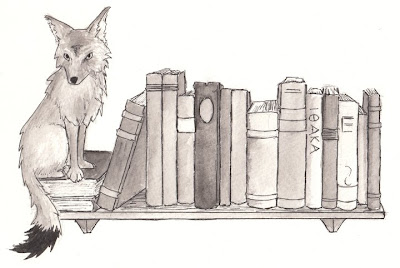When I first thought of writing this blog entry—that’s right, I’ve got nothing to do on New Year’s Eve but blog—I wanted to open with the line, “I move that we never speak of 2011 again.” I finally decided that would be unfair to you guys.
If I’ve done my job, 2011 has been memorable for you. You finally got to read Masks (well, two-thirds of it, and the remaining third in the new year), and you got to read it for free. You got to help build a little online community to support something you love. And two different characters got to wrestle a werewolf, so what’s not to love about that?
For me, though, 2011 was more of a mixed bag, as I’m sure it was for many of you. The year began, of course, with the news that Masks had been rejected by a publisher I liked very much. I took a new job, only to have to quit before I could be fired for being the wrong color. My excellent literary agent decided to cut ties. My grandfather died. My writing group broke up. And I came down with a stomach virus so nasty that I vomited for 19 hours, causing most of the blood vessels in my eyes to burst quite painfully.
On the plus side, I started my own little publishing concern and discovered that a surprisingly large number of you were willing to stick around even after you finally got to read what I wrote (and, horror of horrors, see what I drew). Some of you are even willing to pay money for the privilege. Many of those are not even people I know.
My friends got together and bugged all their friends to read my book. More of them got together and helped me shoot a far better book cover than I could have hoped to produce with a pencil.
My favorite comic-book character finally got a title that didn’t suck. Another favorite died but came back to life. I got to meet one of my favorite authors and mostly didn’t make an idiot of myself. I met another author who is now one of my new favorites. I got a new job that pays less than the old one, but nobody’s made any snide comments about my ethnicity yet. I have a new novel to write, and the knowledge that an editor at a publishing house I like has already asked to read it when I’m done (if only I can find a new agent to represent it). And I got a new nephew in mid-December who just might be the cutest thing currently breathing.
As I say, a mixed bag.
I’m not a fan of resolutions, but I can tell you a few things you can expect to see in the coming year. After I finish The Novel, I’ll be working on a Free Comic Book Day story that features the Black Mask and a couple of his buddies from World War II. That story will tie in to the second Masks series, tentatively planned for the summer. I hope to get an e-bookstore up and running and make Masks available for the iPad, Kindle, and Nook. I’ve got some ideas to increase the traffic to Pocket Coyote (the stories will still be free, but there may be an occasional ad in the margins). There are plans for videos. I might even appear in one, if I’m feeling particularly self-confident. I hope to have good news about The Novel in 2012, although of course there’s practically nothing I can spill about that yet.
I knew there was a reason I liked Jim’s Big Ego. “Next year will be better …”





















